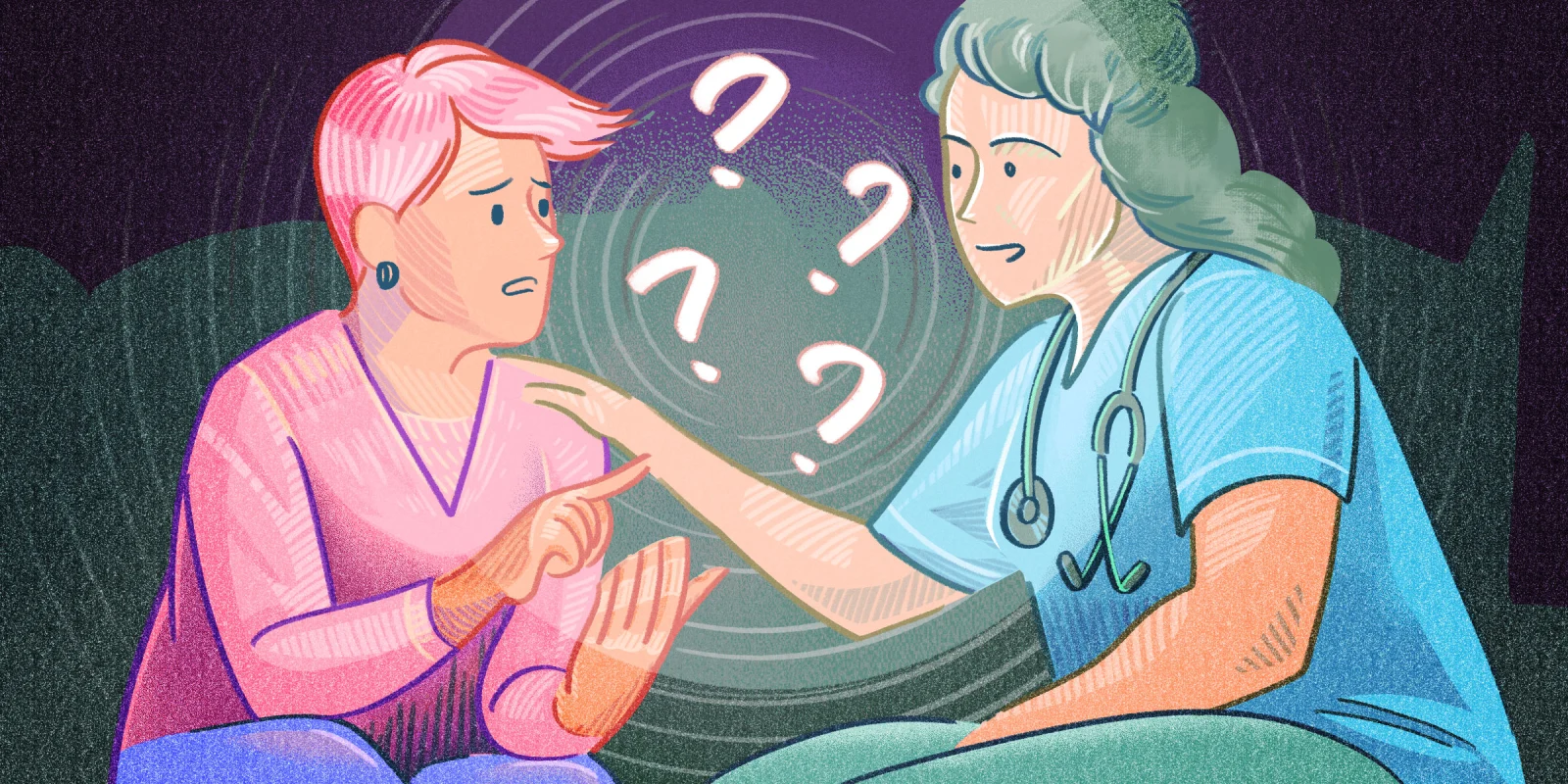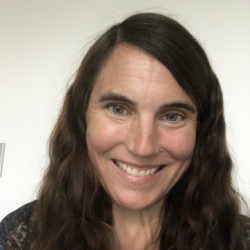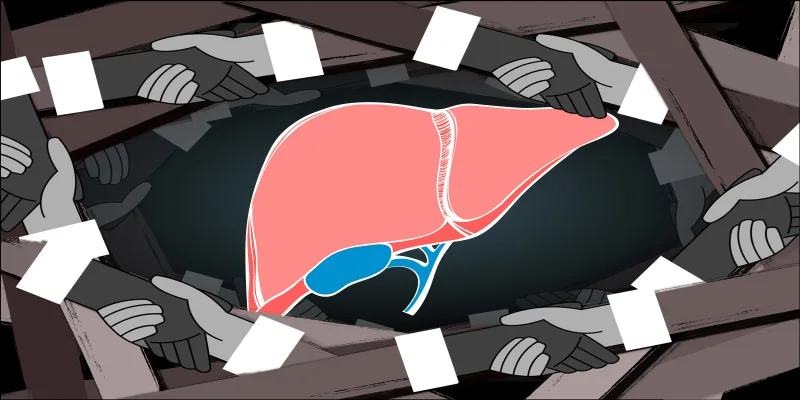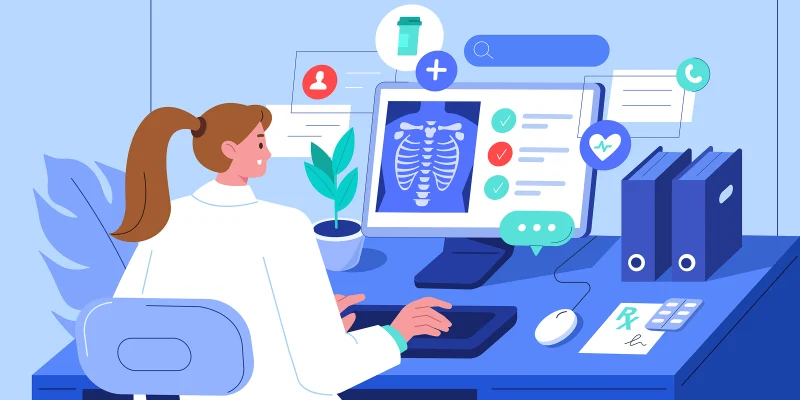The biopsy was benign, but the pathology report included an extra descriptive term. By the time our phone visit took place one week later, my patient had talked with the office nurse twice and had sent me a lengthy portal message. During the week, she also did an impressive amount of research. She researched the pathological finding, gynecologic cancer in general, survival rates for women her age, different routes of hysterectomy, and was even able to speak with a nurse at a national cancer center. For my part, I did an online search, scoured UpToDate, and emailed the pathologist to make sure there were no new recommendations regarding the benign finding. There were not; it was just benign. However, after a 35-minute phone visit, my patient and I decided that, given her degree of concern, we would arrange for a gynecologic oncology consult. I confess this not without some shame, knowing that every day women suffer due to lack of access to gynecologic oncology care (and medical care in general), and there I was, referring a patient who did not actually have cancer.
Toward the end of our visit, my patient worried aloud that she was questioning or doubting me. She didn’t want me to feel offended or think she didn’t trust me; we had known each other a long time. I wholeheartedly reassured her that I was not offended, and it was true. I proudly felt absolutely no emotional reaction. Over the years, my ego about patient care has changed. I have been wrong often enough to know it can happen and right often enough to have confidence.
So honestly, I wasn't offended. But a day later, memories flashed before me unbidden. It was like the near-death experience of life flashing before your eyes, but what was dying was the relationship between me and the patient. I suddenly remembered how years earlier she had called and then insisted on a message from me after a visit for vaginal discharge. During the visit, I had performed a wet mount, told her it was normal, and then clicked the 17 required prompts to record it into the EMR, the last of which marked the result as “normal.” But she wanted to know what epithelial cells meant and whether it was OK. And there was also the mammogram result for which I had to send her a personal message to explain that “scattered fibroglandular densities” was all right.
It came to me as a two-part instant revelation: First, she actually didn’t trust me, and second, she couldn’t trust me because she has a problem that we don’t talk about enough — health anxiety, or its even more serious cousin, illness anxiety disorder. This is a condition that unites us as clinicians. It spans all medical disciplines and helps, to some degree, keep the system in business. It is definitely the wolf we feed.
Non-psychiatrist clinicians, like me, may not be aware that, in 2013, the DSM-5, removed hypochondriasis and replaced it with the new diagnosis of illness anxiety disorder. This was reconfirmed in the 2022 revision. Illness anxiety disorder, unless it is the care-avoidant variety, involves a cycle of worry, checking, and reassurance-seeking through medical care. Illness anxiety disorder is associated with everything you would expect: more outpatient visits, more labs, imaging, and procedures, more visits to specialists and a higher number of specialists, and more ER visits.
Ironically and unfortunately, health anxiety, while it does create significant stress, doesn’t lead to a higher adoption of health-promoting behavior. Many times, I have puzzled over the intense fear patients experience over the incidentally found 1-2 centimeter simple ovarian cysts or the intermittent, abdominal discomforts they have experienced (and been negatively worked up for) over many years, all the while seeming much less bothered by the very real threat that obesity, diabetes, and high blood pressure pose to their health. How many times have I thought, if you’re so worried about your health, why don’t you exercise? Knowing health anxiety doesn’t work that way explains a lot.
Ruling out dangerous conditions or problems has always been a big part of my job: think pap tests, fetal anatomy ultrasounds, hysteroscopy for endometrial polyps, ultrasounds for pelvic pain. It’s a satisfying and feel-good moment when you get to tell someone everything’s OK. Maybe that’s part of why it can feel so shocking and disorienting when, despite your best explanations and evidence and efforts, you can’t seem to either convince someone there’s nothing wrong or really make them feel better in any way.
Health anxiety is likely to be the uninvited guest in our exam rooms. Even back in what now seems like tranquil 2011, up to 20% of patients were found to have significant health anxiety. UptoDate currently provides two articles on illness anxiety disorder, and Mayo Clinic, Cleveland Clinic, and Harvard Health all provide patient education about the condition. And yet throughout my training and career, I have been nearly entirely in the dark about the mere existence of this problem and know even less about how to confront it.
We may dance around the issue of health anxiety and our role in perpetuating it when we talk about the different, but related, entities of “defensive medicine” and “unnecessary testing.” However, these terms cast the difficult decisions we make as doctors in a callous and calculating light. Behind every test and procedure we perform is a real patient who is looking to us for help and who wants to continue on in this world with their family and loved ones for as long as possible. Pretending that a doctor orders a test solely out of fear of being sued obfuscates the reality of medicine and distracts us from finding solutions. And it seems to me that we can only know if a test is unnecessary after we get the results. For example, we worried so much about “unnecessary” breast biopsies and imaging that we recommended delaying screening mammograms until age 50 (until we recently reversed these recommendations — again). However, these tests were only determined to be “unnecessary” once they came back negative. If the results had been positive, these studies would have been considered not only necessary, but potentially life-saving. And, of course, all of us, patients and clinicians, want to be on the correct side of the unnecessary versus life-saving divide.
By not talking about health anxiety and by focusing solely on providing reassurance that often cannot be fully achieved, we will not be able to help our patients get better and might even make them worse. Recently, upon meeting a different patient for the first time, I realized that she had undergone three negative abdominal CT scans ordered by different clinicians within the last calendar year. She was not being followed for cancer or any other chronic medical problem. Realities like this just cannot be considered OK — by our patients or by us. Maybe we, like our patients, also need to confront anxiety — in our case, anxiety about not wanting to make a mistake or have our patient be the one person whose vague, perennial complaints or worries actually represent something horrible. These are not easy problems to solve, especially when we don’t talk about them.
So what about my patient? The gynecologic oncologist agreed that her findings were benign and not dangerous. Together, however, they decided that the stress, anxiety, and inconvenience that she had experienced during the episodes that prompted biopsies to be done twice in the last five-to-seven years warranted the option of hysterectomy. I’m sure she will do really well. But I wonder: Will her worry be suctioned away forever with the very small blood loss she is likely to have in the hands of her skilled team? Or will the worry swirl away into the ether, only to land and settle elsewhere? I have my suspicions, but like I said, I’ve been wrong before.
What experiences have you had with patient health anxiety? Join the conversation below.
Dr. Jennifer Boyle is an ob/gyn who lives with in Boston, MA with her husband and her three teenage children. In her free time, she runs, reads, and bonds with her labradoodle, Teddie. Dr. Boyle was a 2022–2023 Doximity Op-Med Fellow, and continues as a 2023–2024 Doximity Op-Med Fellow.
Illustration by April Brust







